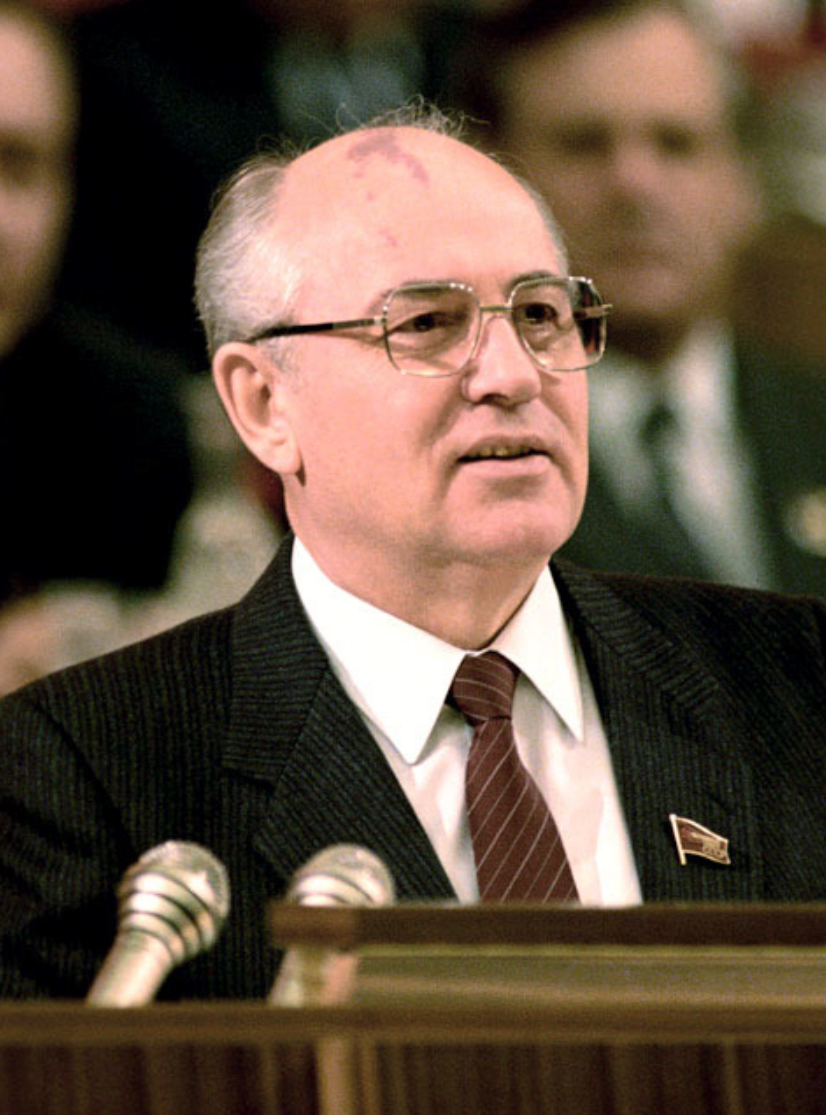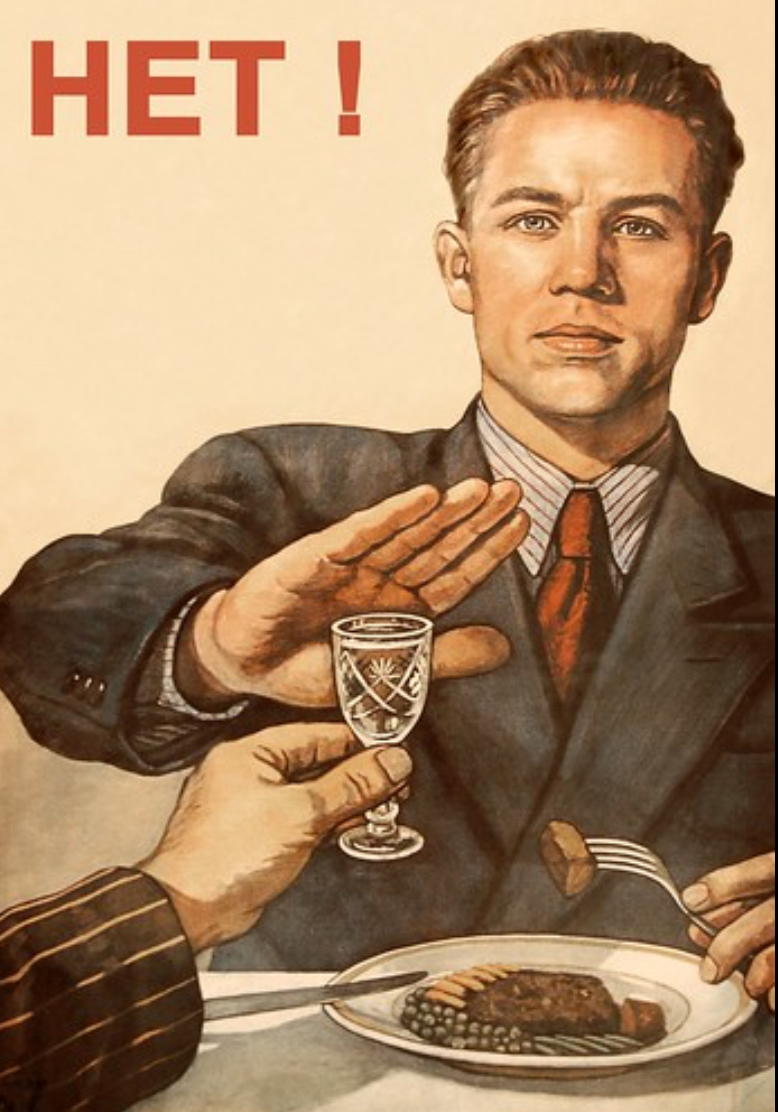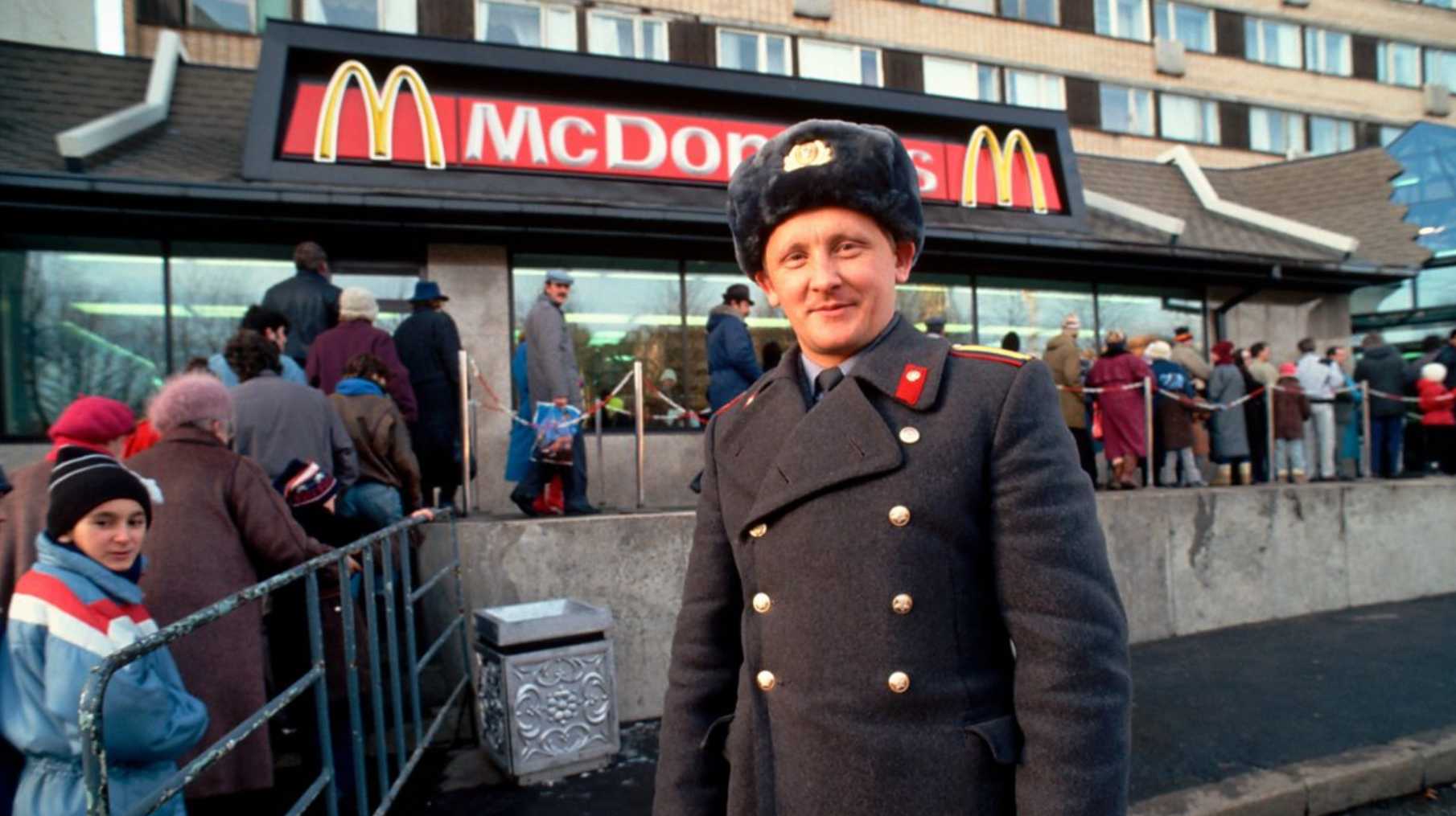Gorbachev’s flawed economic reforms
1/21
Earn XP
Description and Tags
Name | Mastery | Learn | Test | Matching | Spaced |
|---|
No study sessions yet.
22 Terms

What was Gorbachev’s first step in economic reform?
Removing rivals from the Politburo e.g. Gregory Romanov in July 1985.
Bringing in key reformers to the Politburo e.g. Yegor Ligachev and Nikolai Ryzhkov
Promoting Yeltsin and Yakovlev to the Central Committee in 1986

What campaign did Gorbachev launch? What did the campaign target?
He launched a campaign to attack the problem of alcoholism because by the mid-1980s alcohol accounted for 15% of household spending. This impacted the workforce who often came to work drunk.
What statement did Gorbachev make about the alcohol campaign and when?
April 1985: ‘We can’t build Communism on vodka’
What measures did the government introduce to curb drinking?
The legal drinking age was raised to 21
The number of retail outlets that sold alcohol was reduced
Vineyards were destroyed and distilleries closed
The cost of vodka tripled
Why was the campaign on alcohol a failure?
The tax revenues the government gained from alcohol fell markedly and caused serious shortfall in the budget
Illegal moonshine liquor was produced in large quantities and often unhygienic conditions causing drinking levels to rise
When was the Twelfth Five-Year Plan?
1986-90
What was the Twelfth Five-Year Plan’s weaknesses?
Investment was skewed towards construction projects which often led to extra spending to equip the factories constructed leading to over spending
Soviet Industry was reliant on old equipment making factories unproductive
Investment in the agricultural sector was not leading to improved productivity
Focus remained on quantity over quality
What did Gorbachev try to do under the Twelfth Five Year Plan?
He wanted to streamline the state apparatus in an attempt to avoid waste through duplication and to cut rivalry by competing interests for available resources. He set up ‘superministries’ rather than decentralising economic decision making
Why were superministries unable to bring about Gorbachev’s changes under the Twelfth Five-Year Plan?
They were to be implemented by the people whose privileged positions the reforms were trying to reduce and were resisted by the military who were powerful in pushing for new investment in military technology.
Why was increasing military spending a problem? What was the alternative?
Industrial and military investment could only be increased if other sectors suffered and this posed a threat to the governments ability to maintain goods for the general public to consume.
The alternative was to go into deficit a short term remedy that could not be sustained.
What war was consuming lots of investment?
The war in Afghanistan
Why was defence spending increasing?
The USA’s plans to develop its Strategic Defence Initiative (Star Wars) programme encouraged defence spending.
What proportion of USSR GDP was spent on defence by 1985?
15%
What did Gorbachev propose at the January 1987 Plenum of the Central Committee?
Economic perestroika (restructuring)
What were the 3 key reforms in Perestroika?
The encouragement of joint ventures (January 1987)
The Law on State Enterprises (June 1987)
Co-operatives were legalised (1988)

What did the encouragement of joint ventures involve? When was it introduced?
January 1987→ The government allowed foreign firms to establish businesses in the Soviet Union which Gorbachev hoped would open the USSR to more modern technology. EXAMPLE: Moscow got its first McDonald’s in 1990
What was the result of allowing joint foreign enterprises?
Foreign companies who wanted to invest in the USSR were often faced with endless bureaucracy that made progress slow.
By the end of 1990 there were nearly 3,000 joint foreign ventures in the USSR, but most of these were small-scale operations that had little impact on the economy.
What did the law on State Enterprises involve? When was it introduced?
June 1987→ This allowed the loosening of state controls over wages and prices and as a consequence weakened the authority of the Gosplan. The election in the choice of managers was also allowed and factories were given the right to produce what they liked once the targets set by the state had been met.
What was the impact of the law on state enterprises?
Enterprises were still subject to state interference as the state decided on the allocation of materials.
Electing mangers resulted in a steep rise in wages and urban wages rose by 9% in 1988 and 13% in 1989
What did the legalisation of co-operatives involve? When was it introduced?
1988→ This allowed small-scale private enterprises to be established and these businesses could set their own prices.
What was the impact of legalising Co-operatives?
Products were diverted from state shops to co-operatives which charged a much higher price producing inflation and stripping state shops of supplies
Co-operatives were able to shop around for a buyer who would offer them a good price for their goods resulting in deals being concluded with richer city authorities leaving poorer cities devoid of supplies
Co-operative attracted corrupt government officials who demanded bribes for permission to continue to operate
How did the soviet public react to the uncertainty over supplies caused by perestroika?
A wave of hoarding was encouraged and shops were quickly emptied of goods as they arrived
Food rationing was introduced in some cities to try and ease the situation and in 1988 meat was rationed in 26/55 of the regions of Russia